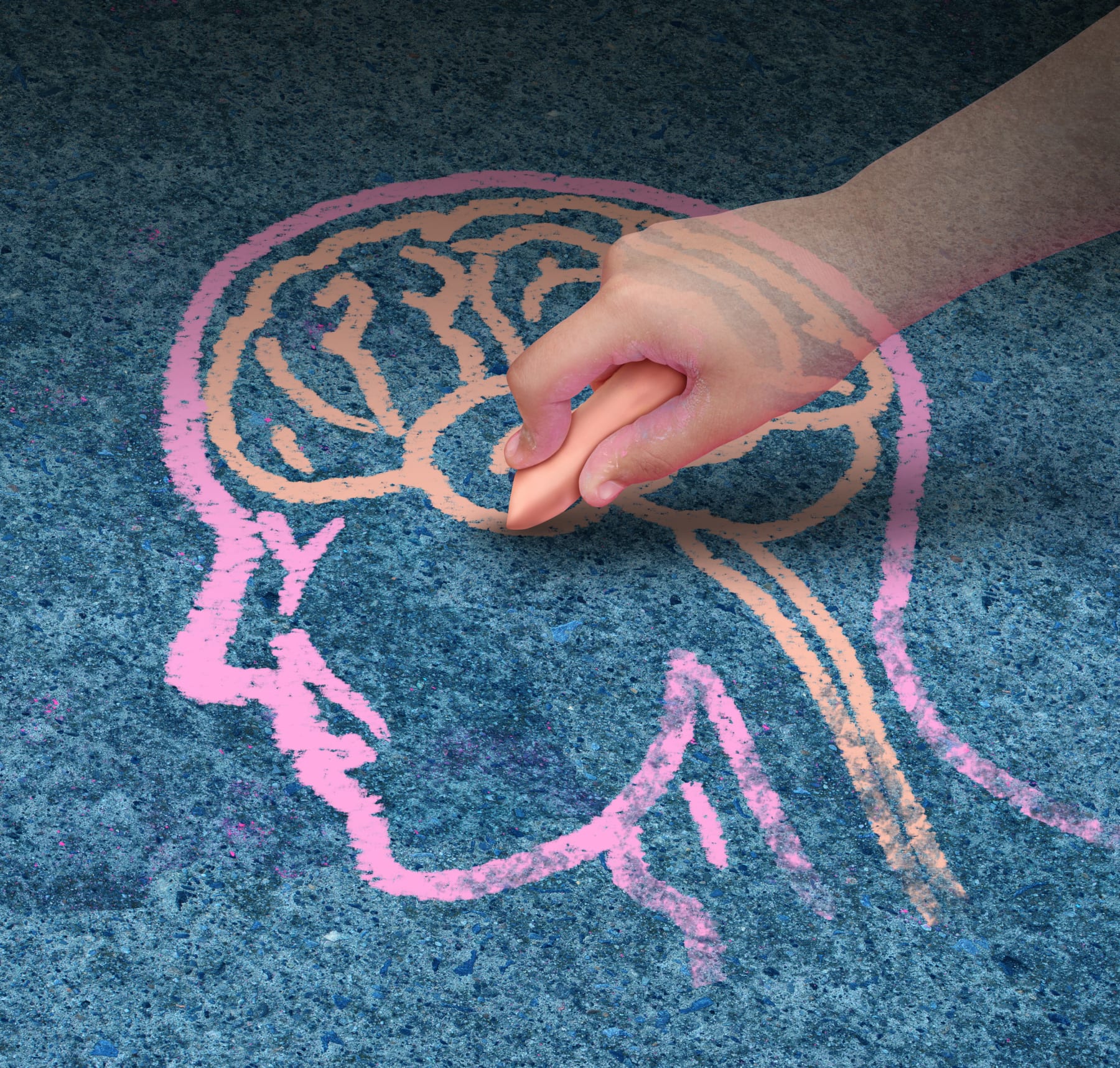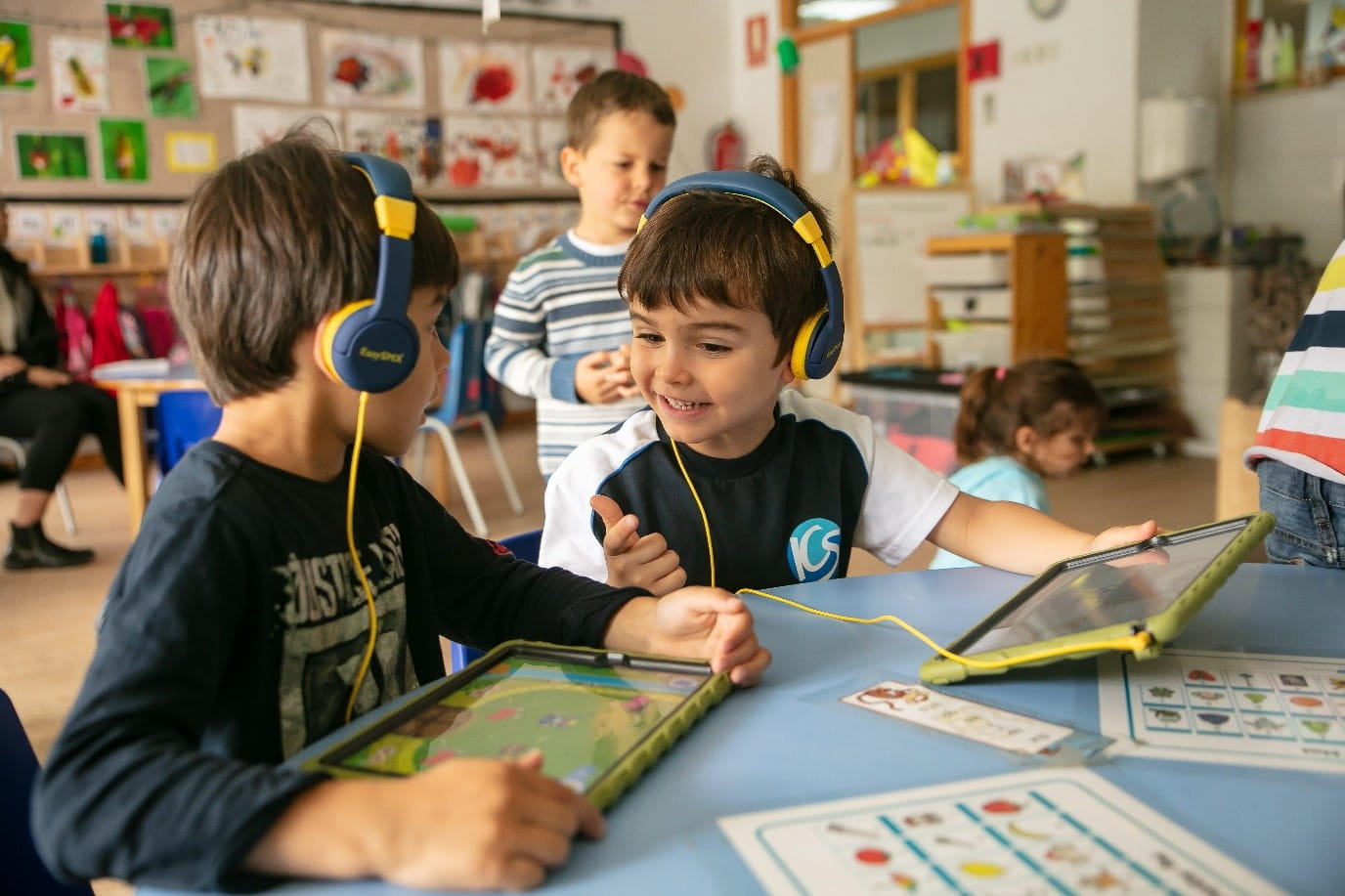
Introduction to Bilingual Education
Bilingual education is more than just learning two languages; it’s a powerful tool that shapes young minds. In today’s globalized world, the ability to communicate in multiple languages has never been more essential. But did you know that bilingualism can significantly influence cognitive development? From enhancing problem-solving skills to improving memory retention, embracing bilingual education opens doors not only to new languages but also to enriched thinking.
Imagine a classroom buzzing with students seamlessly switching between languages, their brains actively engaging in complex thought processes. This vibrant environment fosters creativity and critical thinking while preparing children for an interconnected society. Let’s dive deeper into the benefits of bilingual education and explore how it impacts cognitive development in remarkable ways.

The Benefits of Bilingualism for Cognitive Development
Bilingualism offers remarkable advantages for cognitive development. It enhances mental flexibility, allowing individuals to switch between tasks effortlessly. This ability comes from navigating two languages, which sharpens critical thinking skills.
Research shows that bilingual people often excel in problem-solving scenarios. They approach challenges with a unique perspective that monolinguals may not possess.
Moreover, learning multiple languages boosts memory retention capabilities. Bilinguals frequently engage their brains in ways that reinforce neural connections, improving overall cognitive function.
Another fascinating aspect is the delay in age-related cognitive decline among bilingual individuals. Studies indicate they tend to maintain sharper minds longer than those who speak only one language.
Emotional intelligence also sees a boost through bilingualism. Understanding different cultures fosters empathy and social understanding, enriching interpersonal relationships and communication skills significantly.
How Bilingual Education Works
Bilingual education blends two languages within the curriculum. Students learn in both their native language and a second language, often English. This approach helps them grasp content while developing linguistic skills simultaneously.
Teachers play a crucial role in this model. They design lessons that integrate vocabulary from both languages, ensuring students understand concepts deeply. Classroom activities may include storytelling, group discussions, and interactive games tailored for bilingual learning.
Additionally, immersion programs are popular. In these settings, students spend most of their day communicating in the target language. This method fosters fluency naturally as they engage with peers and teachers.
Assessment also varies in bilingual education. Educators evaluate not just language proficiency but cognitive understanding across subjects like math or science—ensuring holistic development for each student involved in the program.
Case Studies on Successful Bilingual Education Programs
One notable case study is the Two-Way Immersion program in California. This initiative integrates native English speakers and Spanish speakers, fostering a bilingual environment. Students not only learn each other’s languages but also develop cultural appreciation.
Another successful model comes from Canada’s French immersion programs. These schools encourage students to communicate primarily in French, leading to high proficiency levels by graduation. Research shows that graduates often outperform their peers on standardized tests.
In Europe, the International School of Amsterdam offers an innovative approach with its multilingual curriculum. Here, children are exposed to Dutch, English, and other languages daily, enhancing cognitive flexibility and problem-solving skills.
These examples illustrate that when implemented thoughtfully, bilingual education can yield remarkable results for both language acquisition and overall cognitive development among students across diverse backgrounds.
Challenges and Criticisms of Bilingual Education
Bilingual education faces several challenges that spark debate among educators and policymakers. One major concern is the perceived dilution of core subjects, as critics argue that learning in two languages can hinder mastery of essential content.
Another significant criticism revolves around funding and resources. Many bilingual programs lack adequate support, leading to inconsistent quality across schools. This inconsistency raises questions about effectiveness and student outcomes.
Moreover, societal attitudes play a crucial role in shaping perceptions of bilingualism. Some communities view it as less prestigious than monolingual education, which can discourage families from pursuing dual-language programs for their children.
Teachers often require specialized training to effectively deliver bilingual instruction. Without proper preparation, even well-intentioned programs may fall short of their goals, limiting benefits for students who could thrive in such environments.
Tips for Parents and Educators to Support Bilingualism
Encouraging bilingualism at home and in classrooms can be a rewarding journey. Parents should create an immersive language environment. Use both languages daily during meals, playtime, or reading sessions.
Educators can incorporate diverse materials that reflect multiple cultures. Books in dual languages or songs from various backgrounds engage students effectively.
Set realistic goals for language learning. Celebrate small achievements to boost confidence and motivation among young learners.
Join community programs focused on bilingual activities. These social interactions provide practical application of skills learned at home or school.
Consistency matters greatly; maintain regular practice in both languages to reinforce learning without overwhelming the child.
Embrace mistakes as part of the process. Bilingualism is not just about perfect grammar but also about communication and connection across cultures.
Conclusion: The Future of Bilingual Education and its Impact on Society
The future of bilingual education holds great promise for both individuals and society as a whole. As we navigate an increasingly interconnected world, the ability to speak multiple languages becomes invaluable. Children who engage in bilingual education not only acquire language skills but also develop cognitive flexibility, problem-solving abilities, and enhanced creativity.
These benefits underscore the importance of fostering environments where bilingualism can thrive. Schools are beginning to recognize that incorporating diverse languages into curricula is essential for preparing students for a global workforce. Communities benefit from multilingual citizens who can bridge cultural divides.
As research continues to highlight the positive impact on cognitive development, more educators and parents may embrace bilingual programs. The challenges faced in implementing these initiatives will inevitably spark discussions about best practices and innovative approaches.
Looking ahead, it’s clear that promoting bilingual education has profound implications for societal growth. A commitment to nurturing this educational model could enhance communication across cultures while enriching our collective experience in ways we have yet to fully realize. Embracing language diversity won’t just shape individual futures—it could transform communities worldwide by cultivating understanding and collaboration among people from different backgrounds.



Leave a Reply